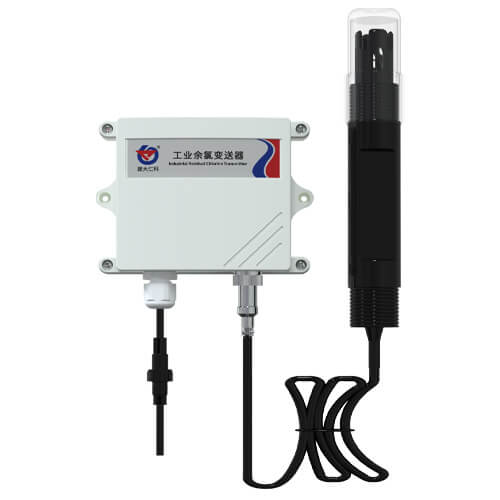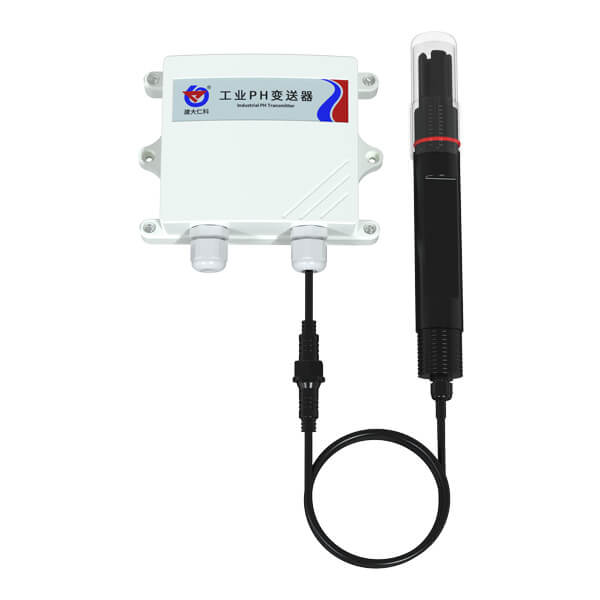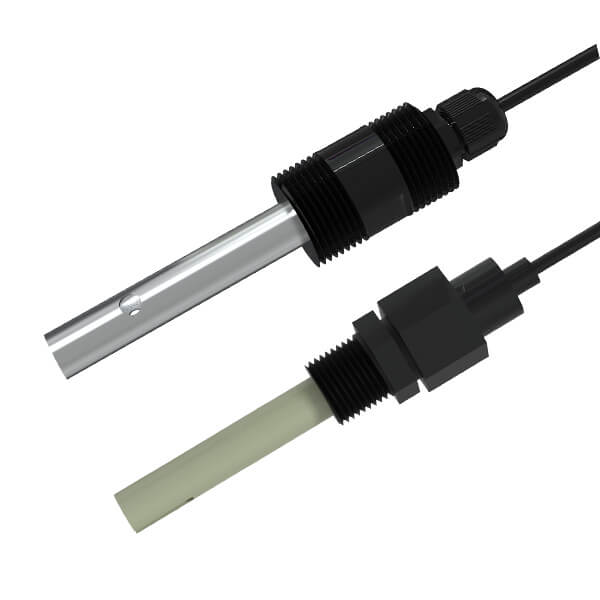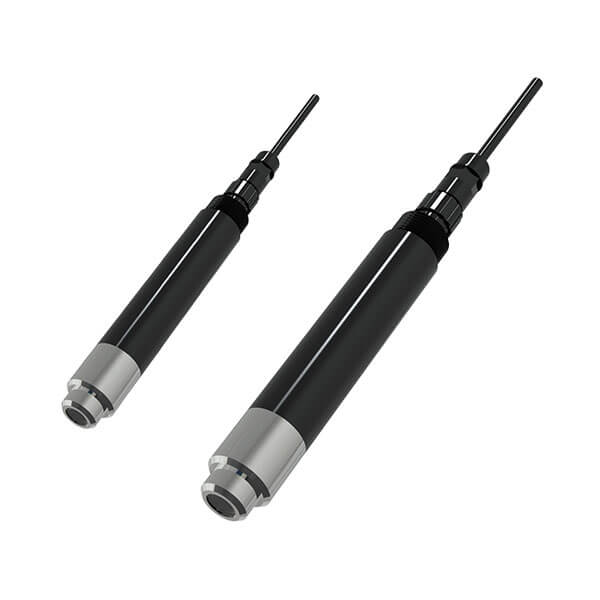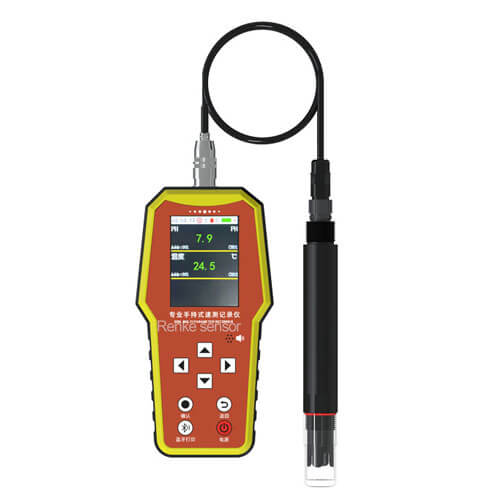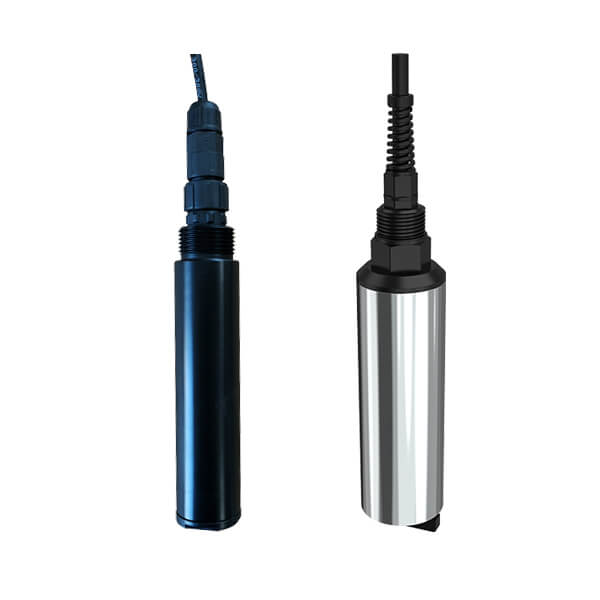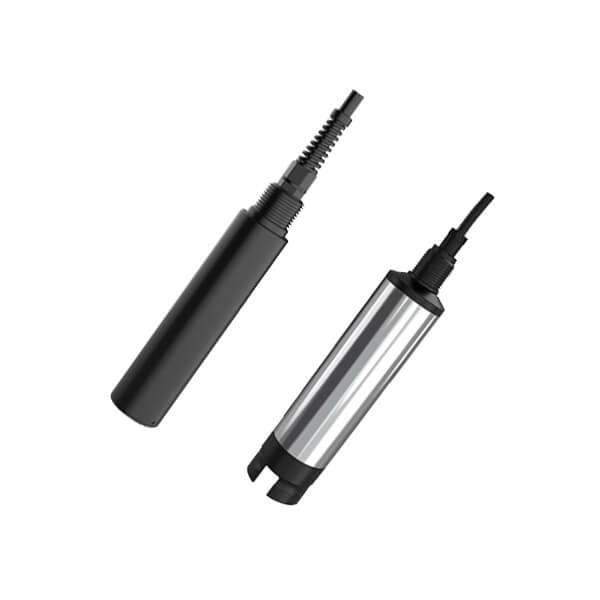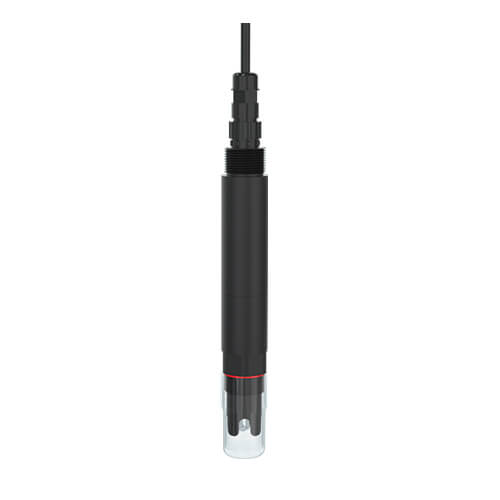Table of Contents What do pH Mean in Water? The water pH is an important indicator of its acidity or alkalinity. pH (Potential of Hydrogen)
Residual Chlorine Meter
RS-CL-*-2-20-EX Chlorine meter is a kind of industrial water quality sensor. The chlorine electrode is made of high-purity platinum with high protection level and can work normally even in harsh environments. This residual chlorine sensor has two signal outputs, RS485 and analog. Widely use measuring chlorine levels in natural water, surface water, groundwater and aquaculture applications.
- Model: RS-CL-*-2-20-EX
- MOQ: 1 PCS
- Delivery date: within 24 hours
- Price: USD 146.00
View - Chlorine Meter
This chlorine meter is a sensor independently developed by us to measure the chloride ion content in water. The chlorine electrode adopts the advanced non-membrane constant voltage measurement principle, does not need to replace the diaphragm frequently, does not consume reagents, and has stable working performance.

The chlorine meter not only monitors the concentration of chloride ions, installed a built-in temperature sensor, which can automatically compensate for temperature.
This residual chlorine sensor has high sensitivity, and the internal circuit is designed with anti-interference, which can accurately measure the residual chlorine value in the solution.
One-piece design, compact structure, no extra accessories and reagent filling, avoid the problem of disassembly, easy to maintain during use, just clean the appearance.
The residual chlorine electrode is made of high-purity platinum, which is not easy to be damaged, and the overall waterproof shell is effectively anti-corrosion. We offer one year warranty.
The end of the housing is a standard 3/4 up and down mounting thread design for easy installation. The chlorine probe and bracket are fixed by thread, no need for other tools. Very easy to use.
This chlorine meter is suitable for online monitoring of chlorine ion in medicine, environmental protection, tap water monitoring, drinking water, and industrial process water disinfection processes.
Parameters - Chlorine Meter
| Power supply | DC 10~30V |
|---|---|
| Output signal | RS485/4-20mA/0-5V/0-10V |
| Concentration measurement range | 0-20mg/L, resolution: 0.01mg/L |
| Measurement error | RS485: 5%; 4~20mA 0~5V 0~10V: 3% indication or 0.03mg/L whichever is greater |
| Repeatability error | ±0.03mg/L |
| Flow rate requirement | 10-30cm³/s |
| Response time | <60s |
| Working conditions | Ambient temperature: 0-60℃; Relative humidity: <85% |
| Electrode applicable temperature | 0~50℃ |
| Electrode withstand voltage | 0.6MPa |
| Electrode wire length | default 5m (10m, 15m, 20m can be customized) |
| Electrode life cycle | 1 year |
Three types of chlorine meters
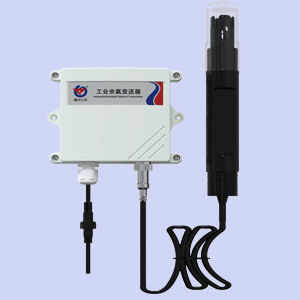
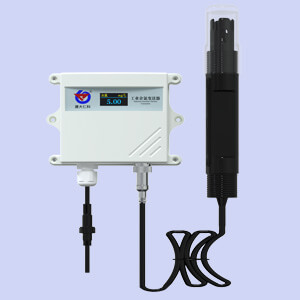
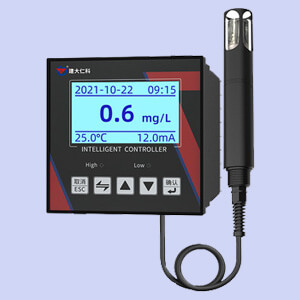
FAQS
Because tap water is often sterilized with CL2, there will be a lot of CL- in the water, and it is harmful to the human body, and CL2 is a toxic substance, so the water we usually drink needs to be stored for a period of time, so that the CL- in the water is released to the In the air, this is good for the human body.
There are three forms of residual chlorine in water: total residual chlorine, free residual chlorine and combined residual chlorine.
- Combined residual chlorine, also known as combined residual chlorine, refers to the compound of chlorine and ammonia in water.
- Free residual chlorine, also known as free residual chlorine, refers to OC1+, HOCl, Cl2, etc. in water, which has fast sterilization speed and strong sterilization power, but disappears quickly.
- Total residual chlorine is the sum of combined residual chlorine and free residual chlorine.
Under normal circumstances, we provide you with a one-year warranty.
- The chlorine sensor generally does not need routine maintenance. When there is an obvious failure, please do not open it to repair it yourself, and contact us as soon as possible!
- After using the chlorine electrode, please clean the electrode head with clean water and cover the protective cover.
- If dirt and mineral components adhere to the electrode diaphragm, the sensitivity will decrease, and sufficient measurement may not be performed. Please ensure that the platinum ring is clean.
The platinum induction ring of a good residual chlorine electrode should always be kept clean and bright. If the platinum ring of the electrode becomes rough or covered with contaminants after measurement, please clean it as follows: (for reference).
1. Inorganic pollution: Immerse the electrode in 0.1mol/L dilute hydrochloric acid for 15 minutes, gently wipe the platinum ring of the residual chlorine electrode with a cotton swab, and then clean it with tap water.
2. Organic or oil pollution: Immerse the electrode in tap water with a small amount of detergent, such as dishwashing liquid, and thoroughly clean the sensing surface of the electrode sensor. Gently wipe the platinum ring of the electrode with a cotton swab, and then rinse with tap water to complete the cleaning. If the platinum ring of the electrode has formed an oxide film, please use toothpaste or 1000-grit fine sandpaper to moderately polish the sensing surface, and then clean it with tap water.
1. Zero calibration:
Place the chlorine probe in the air and perform zero point after the value is stable.
2. Slope calibration:
Place the chlorine probe in the flow cell flowing with the residual chlorine standard solution, and perform slope calibration after the value is stable. It is recommended to use 1-2 mg/L HClO standard solution. Regarding the preparation and determination of standard solutions, please refer to the determination of residual chlorine in the national standard.
Note: The chlorine meter has been calibrated before leaving the factory. Because the preparation of the standard solution requires a lot of personnel, non-professionals may not be able to do this work. Only when the value is determined to be inaccurate, it is recommended that the user calibrates by himself.
In order to protect the patented technical parameters, please contact us for manual.
Popular water quality sensors
Related blogs
Table of Contents What is conductivity in water? Conductivity in water is the ability of water to conduct electricity. It is primarily related to the
What is dissolved oxygen? Dissolved oxygen (DO) refers to molecular oxygen dissolved in water. The unit is mg/L, which means how many milligrams oxygen in
Long-term rainfall and melting snow have raised water levels and flooded city roads, causing flooding. Frequent and extreme flooding is inevitable and endangers community safety.
What is a karst cave? The karst cave is a treasure given to mankind by nature and is called a “disposable non-renewable resource” by experts.
Table of Contents Everyone knows that the choice of water quality sensors is very important. In water measurement, the ph sensor is one of the
Natural disasters such as floods and heavy rains pose threats to lives and property around the world. Without a proper flood monitoring system, these natural
The key to the smart industry lies in the collection of data and information. Sensors are the nerve endings of the smart industry. They are
Table of Contents Water is the source of life, integral to every aspect of human production and daily living. In many scenarios, ensuring health and
Table of Contents What is a water level sensor? The water level sensor is a device that measures the liquid level in a fixed container

